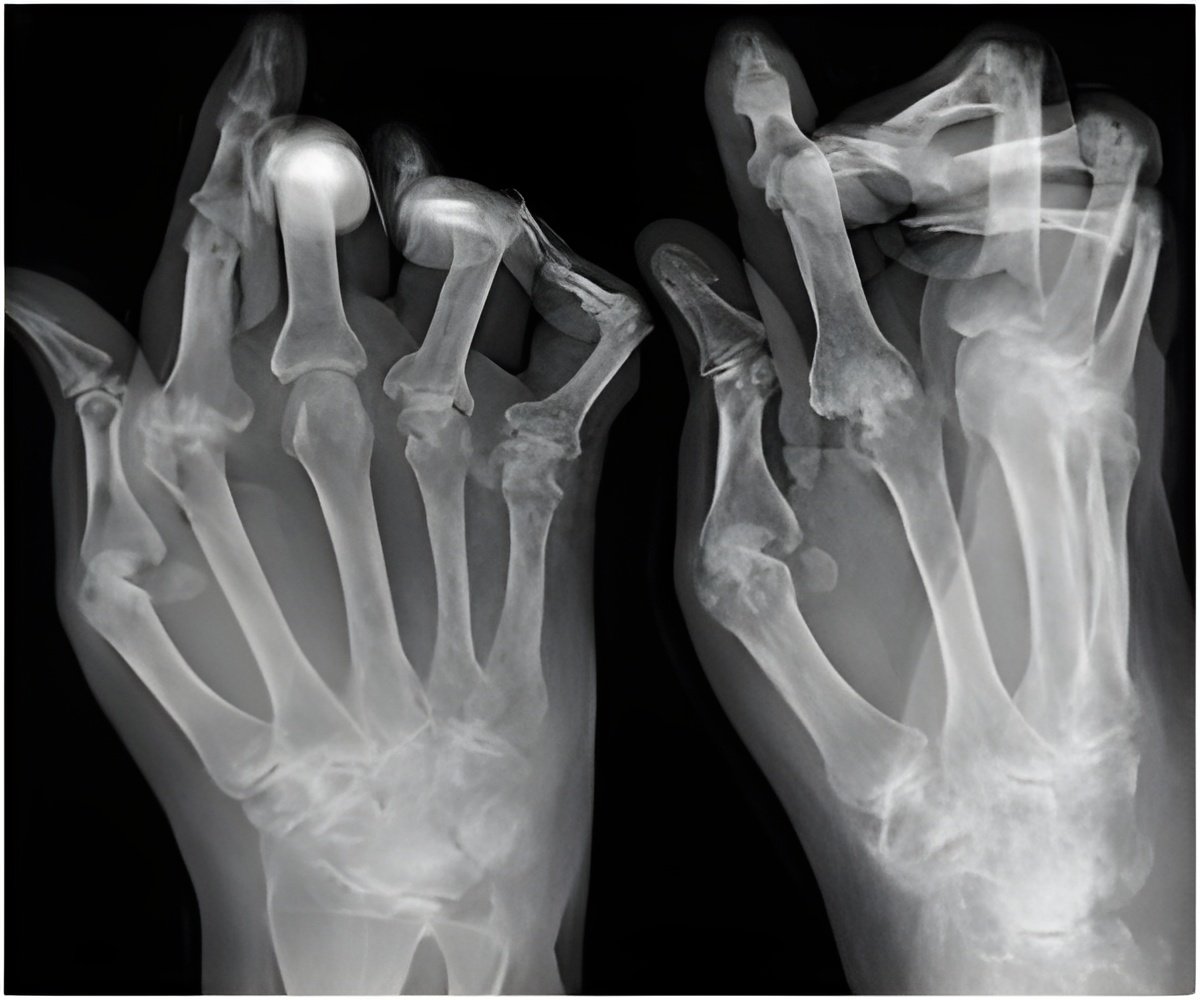
The mystery began several years ago when arthritis researchers zeroed in on a gene called CCR2. CCR2 is highly expressed in the joints of patients with rheumatoid arthritis, which led researchers to believe it might contribute to the disease. "Scientists thought that if you inhibited CCR2 you would have a beneficial effect," said Liu. "But actually, the result was the opposite." Studies revealed that suppressing CCR2 in fact cannot ameliorate joint inflammation, in some cases, it leads to disease exacerbation.
Intrigued, Liu and her team used mice to investigate how CCR2 affects immune system cells. The immune system is critical because rheumatoid arthritis is an autoimmune disease, in which the immune system attacks the body's own tissues, causing inflammation.
They found the smoking gun when they looked at a type of immune cell known as Th17 cell. Arthritic mice without the CCR2 gene produced three times the amount of Th17 cells, increasing the inflammation in their joints.
"We found that an enhanced Th17 cell response is responsible, at least in part, for the increased disease severity," said Liu. Inhibiting the activities of Th17 cell, therefore, may be a promising new direction for drug treatments for rheumatoid arthritis.
The team also found that a particular type of monocyte (a type of white blood cell) disappeared from certain tissues in the mice without CCR2. They hypothesize that the CCR2-expressing monocyte plays an important regulatory role, so without the monocyte, Th17 cells proliferate. "The potential link between CCR2 and the Th17 cells is the monocyte subset," said Liu.
Advertisement
Source-Eurekalert













